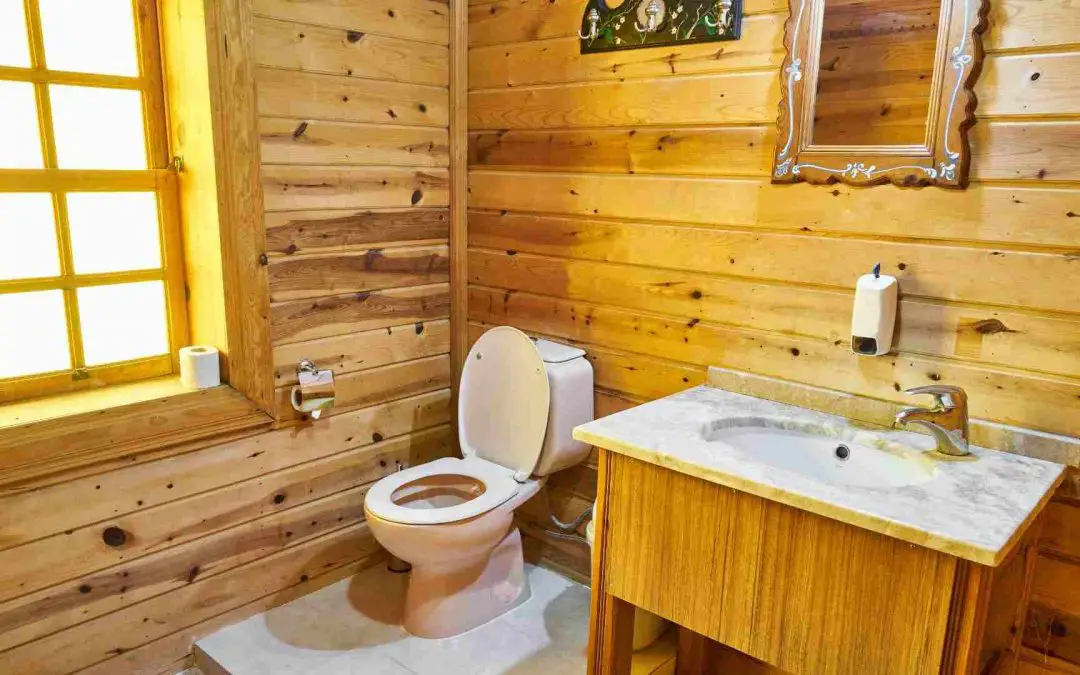One man’s trash is another man’s treasure. So it goes for antiques, and now so too for human waste. Why let a good source of energy go literally down the toilet? Aside from recycling possible sources of electricity, new technology saves sewage from contaminating waterways and breeding illness and helps conserve water. With 860 billion gallons of sewage and contaminated rainwater making their way into our waterways every year, the innovations from these forward-thinking engineers, green-builders, and scientists, are becoming more and more valuable contributions to issues of global health and infrastructure.
Poop and Paddle- Adam Katzman, a former New Jersey suburban dweller, now calls a houseboat home. The off-the-grid floating residence sails down the Gowanus Canal in New York. Located in Brooklyn, the canal is known as one of the most polluted waterways in the United States. Thankfully, Katzman can sail true knowing that his waste processing system makes sure that he is not sullying his watery neighborhood. By creating “constructed wetlands” aboard a separate structure, his floating toilet uses bioremediation to clean the water that runs through the contraption. It uses rainwater catchments to flush, a holding tank that utilizes anaerobic digestion, wetland plants, and gravel to filter urine and fecal matter. The water eventually irrigates a group of planter boxes and is evaporated back into the clouds as clean H20, ready to fall again onto the roof of the “Poo and Paddle” as precipitation. Each flush makes its way through the whole setup every 30 days.
Reinvent the Toilet- The Bill and Melinda Gates Foundation has long been interested in making a positive difference in the developing world. Among major concerns is the lack of access to adequate sanitation that nearly 2.6 billion of the world’s population cannot afford to install. In an effort to encourage collaboration, the Foundation awarded eight universities with grants to design toilets that use minimal amounts of water, use waste as a form of potential energy, and could be distributed within the next 2 to 4 years. The top prize of $100,000 was awarded to a team from Caltech for their solar-powered apparatus. Electrical power is produced from solar cells atop an outdoor stall and from the hydrogen gas produced by decomposing waste collected in an electrochemical reactor. Hydrogen can be stored in fuel cells and saved for low light conditions. Recovered water is treated through the operation of the toilet, and is used to flush.
Do you own a composting toilet? How do you let your poo work for you?

























